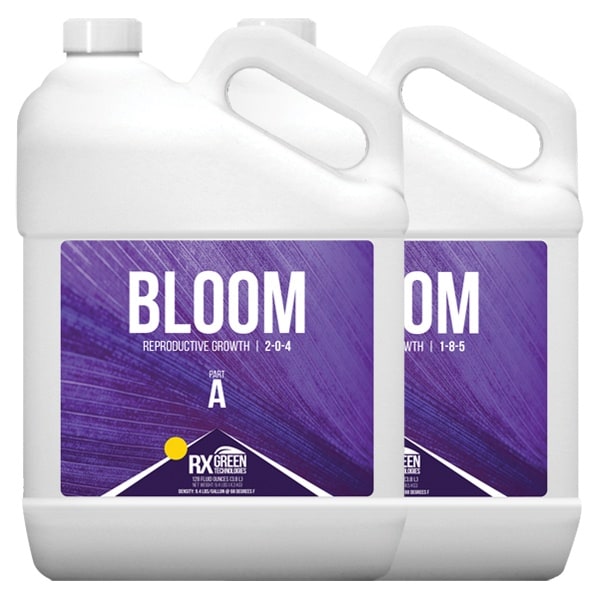Most cannabis growers are looking for a dank strain that’ll send you into the best couch lock on the first puff. And only pretty potent bud can do that to the most experienced cannabis users. The good news is, as a grower, you can induce higher THC content in your home-grown cannabis with a few pro tips:

Excited to know more? Read on and learn the best tips and tricks to increase THC levels in you home-grown cannabis.
Choose a high THC strain
You need to start right. So choose to grow a strain that has higher THC levels, because genetics plays the greatest role in your final THC levels. As a matter of fact, the strain you choose will set the bar as to how much THC content you can expect from your home-grown weed. But you would also need to ensure that you do everything right moving forward from there. Think of your strain as the foundation of your grow house. Your ability to grow dank buds literally rests on it.
Use light to manipulate THC levels
There’s a reason why cannabis is called a weed. And that is because it can and will grow in pretty simple conditions. It can grow despite not receiving a lot of light, but be warned that you need to precisely control light levels for reasons we’ll get into in just a minute.
So what happens if you give it more lighting? Simple! It will grow bigger, stronger and more powerful. Low light or not enough time under light can cause premature budding. The reason is that these plants naturally begin to flower when light levels decline naturally in cooler months. Avoid that with strong light sources applied for an appropriate length of time.
To increase your plants THC content, give it UV light during the flowering stage. A cannabis plant starts developing trichomes (the anatomical part of cannabis that contains the most THC and is also the plant’s defense mechanism) during this stage. So by exposing your plant to UV light, you will encourage the expression of this defense mechanism. More beautiful trichomes makes for a much better high with the finished product.
Decrease CO2 during the final flowering stage
Most plant growers are familiar with the ripening process. For a cannabis plant, the ripening process takes place in the final stage of flowering.where your plant is producing its trichomes, terpenoids, and flavonoids. Decrease carbon dioxide during this stage to encourage ethylene production which is a natural gas that is given off by a ripening fruit and is imperative to the ripening process.
With decreased CO2, the plant will be forced to give all of its remaining energy to the production of ethylene and ripening, which will then lead to increased production of trichomes. And as mentioned above, it will then elevate THC content on your final harvest. Ready for the high of your life?
Lower the temperature
Trick your plants to think that it’s winter. And you can do that by lowering the temperature by 3-6 °C at the same time as you decrease carbon dioxide. By doing this, you mimic the autumn season which will warn your plants of the upcoming frosty season. And why would it help increase THC levels to let your plants know that WINTER IS COMING? …Sorry, couldn’t resist! Your cannabis plants will rush with finishing their flowering thinking that winter is coming and will freeze them to death before they can reproduce. It’s nature. Evolution follows set rules and creates survival mechanisms we can harness to create the dankest buds.
While they are rushing to finish their flowering, they will spend most of their energy on resin production, which is where most of the cannabinoid and terpenoid profile exists. In addition, by decreasing the temperature, you will also allow your plants to have a stronger aroma.
Decrease humidity levels
By decreasing humidity levels during the flowering stage, you are making your plants feel a bit thirsty and stressed. And stress can induce progress as we had mentioned earlier because it can encourage the defensive response of your cannabis plant.
The resin produced by cannabis also serves as a protective film against dry weather conditions and very wet weather conditions. So by threatening your plants by your imaginary climate changes, they will be compelled to produce more resinous material and increase THC levels in your developing buds.
Curing
To be clear, curing your weed isn’t proven to increase THC levels but IMPROPER curing can reduce some of the THC content on your cannabis plant. So harvest and cure it right.
Fertilize
Last but not the least, give your cannabis plant it’s much-needed nutrients through fertilizers.
For more details on what fertilizers to use, check out our recent post on the best cannabis fertilizers. We take a look at the top offerings with a big focus on organic and sustainable options for growing on both a large-scale and also home growing where it’s currently legal to do so. Fertilizer is one of the most important things you can do, so be sure to pick the best product for your plants.
That’s it for this article! Be sure to let us know what you think in the comments.



